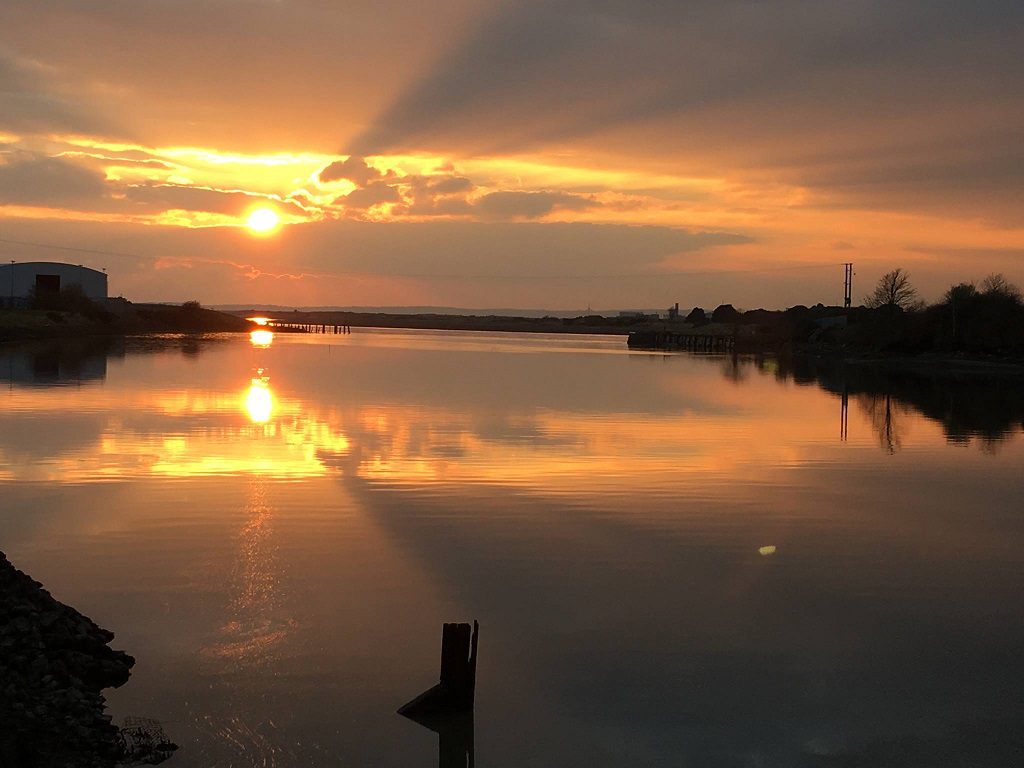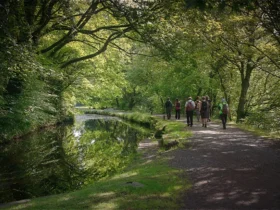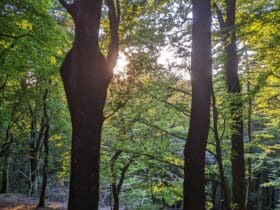Neath Port Talbot Council’s Cabinet has agreed an updated Biodiversity Duty Plan demonstrating how it will continue to help halt the decline of biodiversity.
And at their meeting on Wednesday (Nov 17th, 2021), Cabinet Members also agreed the council will sign up to the Edinburgh Declaration – a commitment to tackling the twin challenges of climate change and biodiversity loss by integrating nature-based solutions into the way it works.
The Environment (Wales) Act 2016 already places a duty on public authorities to maintain and enhance biodiversity by promoting the resilience of ecosystems in its functions, meaning Welsh councils and other bodies had to prepare and publish a plan setting out how they intended to comply.
The council published its first Biodiversity Duty Plan (BDP) in 2017 outlining the natural resources in Neath Port Talbot, why they are so important and what activities were already underway to protect them.
This was followed by an implementation report in 2020 setting out what had been achieved and what needed to be improved, with the second BDP (2020-23), approved by the Cabinet on November 17th, outlining action already being undertaken by the council and further action needed to comply with the Environment (Wales) Act.
Neath Port Talbot has traditionally been associated with heavy industry and mining but also has a spectacular variety and quality of biodiversity with these varied habitats making Neath Port Talbot well known for its waterfalls, country parks and seafront. Recreational activities here include glamping, walking and mountain biking. Easy access to these improves health and well-being while boosting the economy.
And despite being known for its industry, Neath Port Talbot has been identified as the local authority area with the greatest percentage of woodland cover in Britain, according to recent figures from the Office for National Statistics (ONS). The accolade follows research last year by aerial survey experts Bluesky International which showed Neath Port Talbot had by far the highest percentage of tree cover in Wales and was among the top ten in the UK for tree cover – even beating the New Forest.
Cllr Annette Wingrave, Neath Port Talbot Council’s Cabinet Member for Regeneration and Sustainable Development, said in an introduction to the new BDP (Drawn up by the council’s Countryside and Wildlife Team): ”Neath Port Talbot has a diversity of habitats, from the coast, through river valley floors, woodland covered valley sides and onto hilltop moorland.
“This allows the county to be home to many varieties of species. It is a special place for biodiversity and I feel privileged to work and live in such an incredible area. This plan demonstrates how we fulfil that duty. It will act as a driver for conservation activities throughout Neath Port Talbot.”
Habitats in Neath Port Talbot include:
- Peatland and bogs – peat soils capture and store atmospheric carbon dioxide. This can be held in the soil permanently when the soil is in good condition.
- Saltmarsh on the coast – helps dissipate wave action and high tides to prevent flooding and erosion.
- Species rich grasslands – provide essential habitat and connectivity for pollinators and food for livestock.
- Woodlands – help clean the air of pollutants, provide flood alleviation, reduce the heat island effect in urban environments, provide oxygen and timber products.









Leave a Reply
View Comments